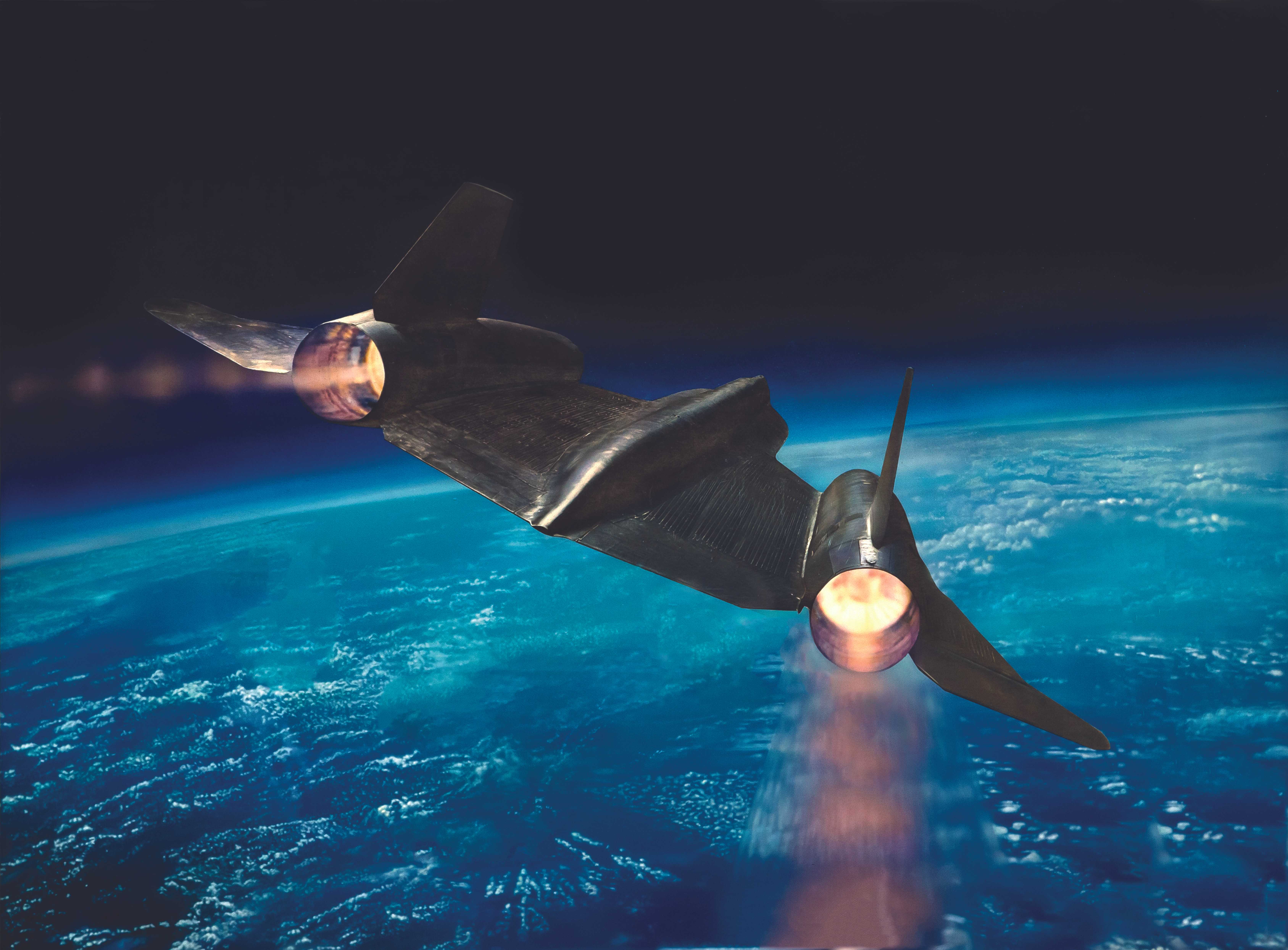Art Details

On most BLACK SHIELD flights, the A-12s were airborne about four hours.
Dru Blair
2010
Mixed Media on Illustration Board
Donated Courtesy of Richard J. Guggenhime and Donald Elster
On 23 January 1968, North Korea seized the US Navy Ship Pueblo while it was on a signals intelligence collection mission in international waters off the coast of North Korea. Pyongyang claimed it had caught the US spying inside its territorial waters. Director of Central Intelligence Richard Helms, aware of the A-12 OXCART’s quick-reaction, overhead-photographic capabilities, urged its use to find the missing ship. Helms assured President Lyndon B. Johnson, reluctant at first, that the A-12 supersonic aircraft “could photograph the whole of North Korea, from the DMZ to the Yalu River, in less than 10 minutes and probably do so unobserved by air-defense radar.” With the President’s approval, on 26 January 1968 CIA pilot Jack Weeks flew a three-pass mission over the southern part of North Korea and the Demilitarized Zone to locate the Pueblo and to determine whether Pyongyang was mobilizing for possible hostilities with the US in reaction to the seizure.
Depicted in the painting is Weeks’s highly successful A-12 flight, 25th of the 29 BLACK SHIELD missions in East Asia. In a detailed examination of the imagery collected by the aircraft’s panoramic camera, photointerpreters found the Pueblo, apparently undamaged and guarded by two patrol boats in a small bay north of Wonsan, but saw no sign of North Korean preparations for a possible US military response to the incident. As a bonus, the imagery also yielded substantial intelligence on North Korea’s armed forces.
With photographic proof that North Korea held the Pueblo and its crew, the US immediately began negotiations to get them back. After difficult and protracted discussions, North Korea released the surviving crewmembers 11 months later. The ship, however, remains captive in Pyongyang where it is a popular tourist attraction.
On 4 June 1968, some four months following his successful overflight of North Korea, Jack Weeks died while piloting Aâ12 Article 129 on a functional checkout flight between Kadena Air Base, Okinawa, and the Philippines. The plane’s last radio transmission came from a location 520 miles east of Manila. Search and rescue missions failed to locate any trace of the pilot or plane. The onboard monitoring system indicated engine trouble; a catastrophic failure was the most likely explanation. Weeks was one of two Agency pilots to die while flying the A-12. The CIA commemorates both pilots with stars on its Wall of Honor.
Video
This video does not include text.
